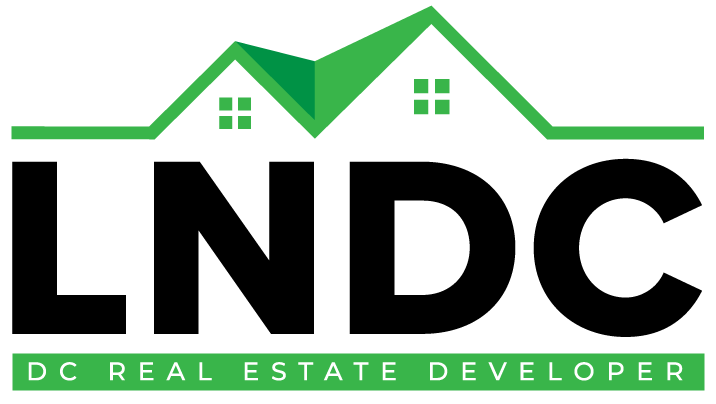The Pros and Cons of Buying Raw Land for Home Development
If you’ve ever dreamed of building your own home from the ground up, you might have considered buying raw land. After all, starting with a blank canvas has its own charm you can create the layout you want, the style you love, and the location you prefer. But is it really that simple?
In this article, we’ll walk through the pros and cons of buying raw land for home development, so you know exactly what you’re getting into. Whether you’re a first-time buyer or a seasoned investor, understanding the full picture is key before jumping into raw land ownership.
The Perks of Buying Raw Land
Let’s start with the bright side because who doesn’t love a little optimism when planning their dream home?
1. Total Creative Control
When you buy raw land, you get to decide everything. From the position of your porch to the size of your backyard, it’s all up to you. You’re not limited by previous layouts, foundation issues, or old paint jobs.
2. Potential for Higher Value
Land in developing areas can appreciate over time, especially if infrastructure is on the way. This means you might score a deal now and enjoy long-term gains later. Want to get ahead of the curve? Check out LNDC’s upcoming properties to spot early opportunities.
3. Fewer Competitors
Unlike the hot housing market where buyers are fighting over every listing, raw land usually attracts less competition. That means fewer bidding wars and more negotiating power in your hands.
4. Lower Upfront Cost
In many locations, buying land is more affordable upfront than buying a developed property. It’s a great option if you’re budgeting long-term.
🚧 The Challenges You Should Know About
Now let’s talk about the not-so-fun part. There are definitely hurdles when dealing with raw land, especially if you’re doing it for the first time.
1. Zoning and Permitting Headaches
You can’t just start building a home on any piece of land. Local governments have zoning laws that dictate what you can build and where. Always check zoning regulations before buying. If you’re not sure where to start, LNDC’s team can guide you through this process.
2. Utilities Might Be MIA
Electricity, water, sewage, and internet aren’t guaranteed on raw land. Bringing utilities to a remote or undeveloped site can be time-consuming and expensive. It’s important to calculate these costs early in your planning.
3. Financing Can Be Tricky
Getting a loan for raw land isn’t as easy as getting a mortgage for a house. Lenders view raw land as riskier, which means higher down payments and interest rates.
4. Unexpected Land Issues
The land might look perfect, but what’s beneath it? Soil quality, flood zones, and topography all play a role in how easy or hard it will be to build your dream home.
Tips Before You Buy
If you’re feeling brave and ready to build from scratch, here are some tips to help you make smart choices:
- Do a Site Visit: Never buy land sight unseen. Pictures can lie. Walk the land and get a feel for it.
- Hire a Land Surveyor: They’ll give you accurate boundary lines and help prevent future disputes.
- Check for Easements: These are rights others might have to access parts of your land.
- Work with Local Experts: A real estate company familiar with the area (like LNDC) can help you find the right property.
Still not sure where to start? Explore LNDC’s properties on the market to compare different options and find something that fits your vision and budget.
Is Raw Land Right for You?
Buying raw land for home development isn’t for everyone, but for the right person, it can be an incredibly rewarding adventure. You get to build your home exactly how you want it, in a location that matches your lifestyle. That said, it’s essential to go in with eyes wide open. Know the challenges, plan ahead, and don’t be afraid to ask questions.
And hey, if you’re ready to turn your vision into a blueprint and take the first step, reach out to the experts.
👉 Talk to LNDC today and let’s make your dream home a reality!
Building from the ground up may be a little messy at times but with the right guidance, it can also be your greatest investment yet.Ask ChatGPT











